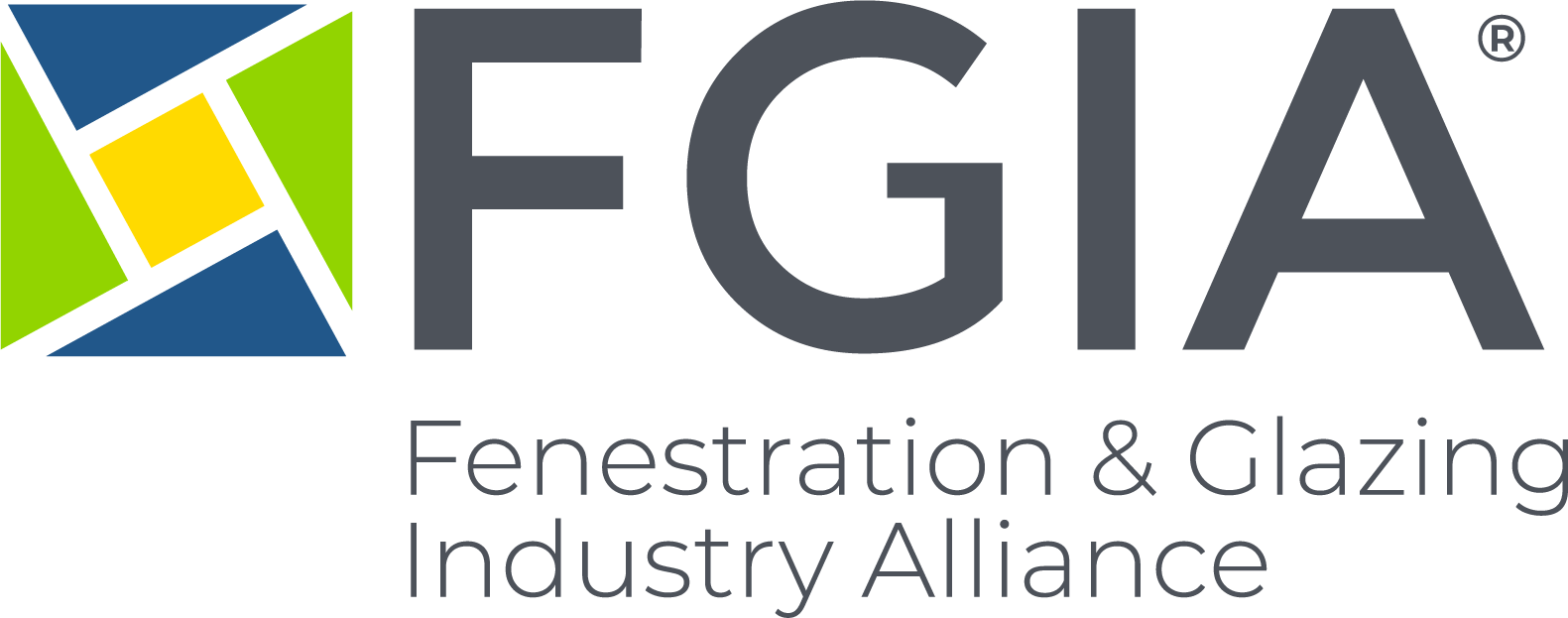Embodied Carbon in Construction Calculator (EC3) Tool Demonstrated at FGIA Annual Conference

Participants at the 2024 Fenestration and Glazing Industry Alliance (FGIA) Annual Conference were given the opportunity to take part in an interactive session entitled, "The EC3 Tool for Glazing and Fenestration Products | Facilitating Improvements in the EPD System." It was presented by Phil Northcott (Building Transparency). The Embodied Carbon in Construction Calculator (EC3) tool is a free database of construction Environmental Product Declarations (EPDs) and matching building impact calculator for use in design and material procurement.
Northcott shared that building operations, meaning all buildings, including existing ones, create 28 percent of global emissions and that the embodied carbon of building materials contributes to 11 percent of global emissions, including new construction and renovations.
“Now is the time to start paying more attention to embodied carbon,” he said. “The EC3 tool is a free and easy-to-use tool that allows benchmarking, assessment and reductions in embodied carbon, focused on the upfront supply chain emissions of construction materials.”
Using artificial intelligence (AI), Northcott’s company successfully digitized EPDs, resulting in a database of nearly 135,000 of them, which include products from more than 1,800 companies in 67 countries. “More than 44,000 people use the tool, primarily architects and those in construction as well as sustainability consulting professionals,” said Northcott.
Northcott explained that an EPD is like a food label, listing a product's environmental impact. It contains published, verifiable life cycle assessment (LCA) results with the proprietary data hidden. He pointed out that the fenestration and glazing industry, including many FGIA members, is working hard to get their section of the EC3 tool into better shape, but that there is much work to be done. “A bunch of categories in EC3 deal with glazing,” Northcott said. “But Europe is doing better than the U.S. with fenestration and glazing EPDs at this time.”
Northcott then pulled up the EC3 tool itself to demonstrate how to use it. “You can search geographically, by properties, by several parameters,” he said. “You can view results and see performance stats, how it compares to the industry as a whole. It's all available in the tool.”
Northcott encouraged participants to sign up for the tool. “Go into your organization's page and make sure all the information there is accurate,” he said. “It's a very powerful tool.” Northcott shared that there is an EC3 plugin for Revit, the popular Building Information Modeling (BIM) software, which is free to download. “Use the tool to plan and compare buildings,” he said.
Northcott said it is crucial to design buildings so they can be built sustainably. Then, companies can provide achievable Global Warming Potential (GWP) targets for the next phase. But finally, companies must also track what actually happened in order to better plan for the next project.
In conclusion, Northcott suggested some next steps for fenestration and glazing EPDs. “When you make a window, there is an immense range of product options,” he said. “Nobody wants, or can afford, thousands of dollars in windows. But the good news is, EPA funding will be available for Product Category Rule work. You can apply for that funding, thanks to the Inflation Reduction Act.”
Learn more about the EC3 tool today.
For more information about FGIA and its activities, visit FGIAonline.org.
Your trusted industry resource, setting the standards for fenestration and glazing.





